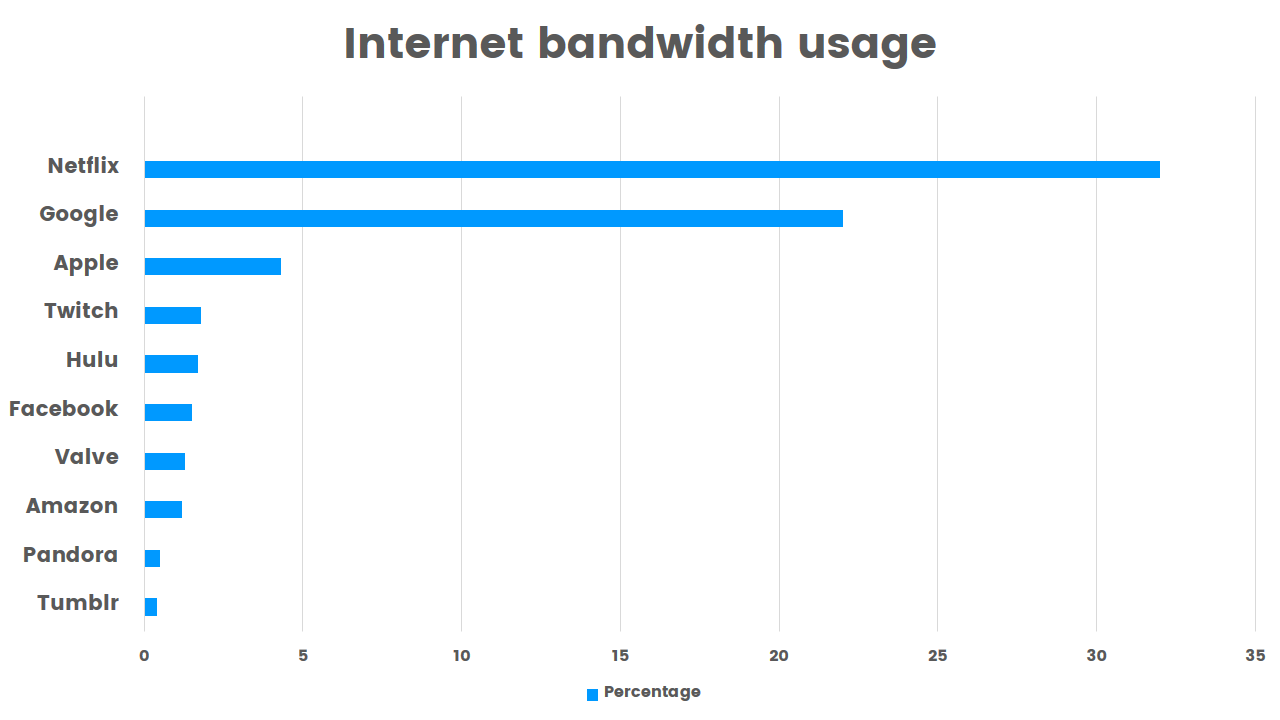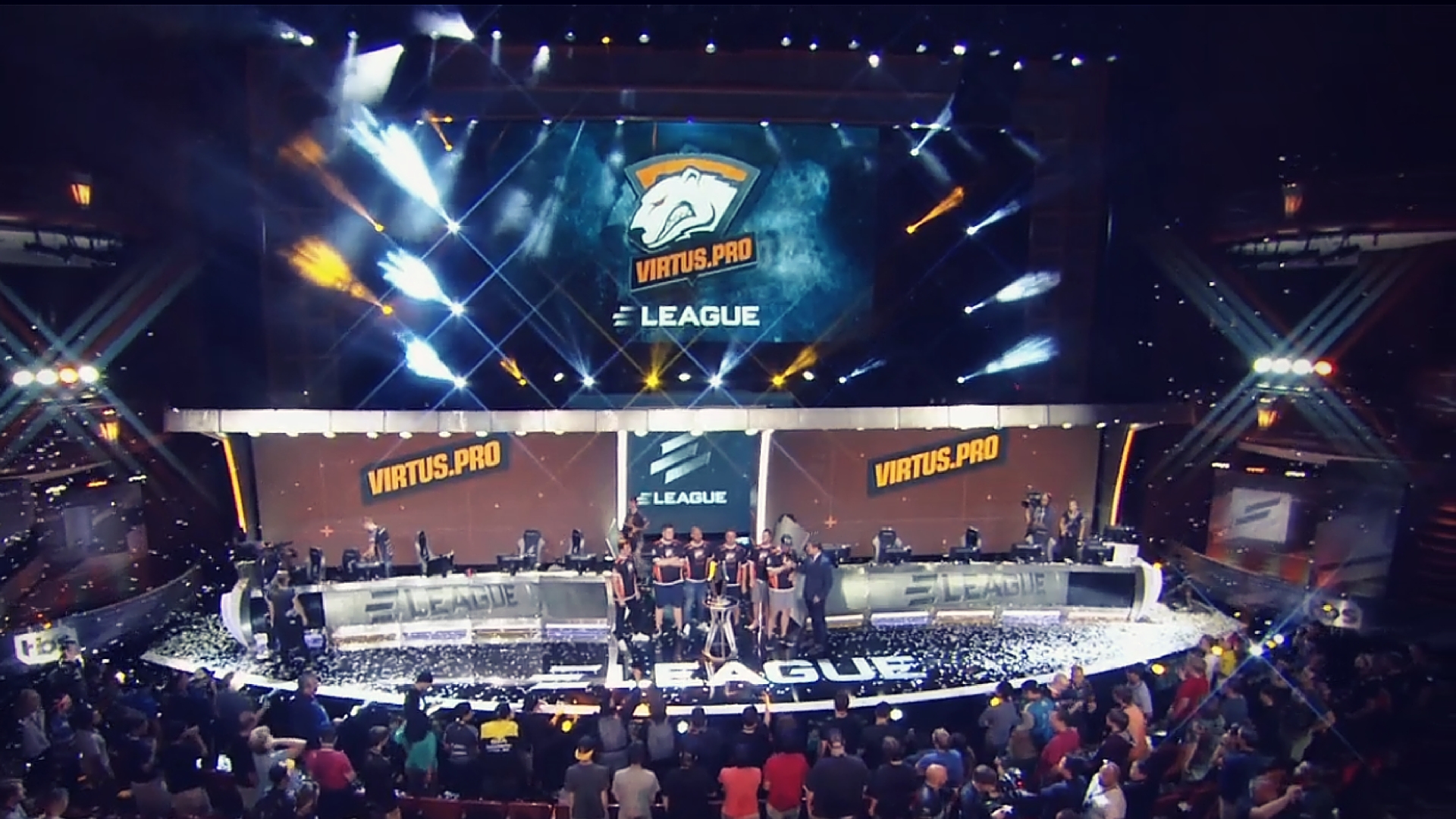I recently read an article on BBC Tech regarding the sale of Team Dignitas and Team Apex to the Philadelphia 76ers, probably paving the way for high-profile US Sports team to enter e-sports. Their tech correspondent in the article mentioned something that really struck me, which I’ll quote: “The whole world of people watching other people playing video games is a mystery to most people over 30 – which includes just about everyone in the marketing industries.”

For the purposes of this article I’m going to assume you know what e-sports is. If not, here’s a list of great articles covering what you need to know. Jonas Jerebko, Shaquille O’Neal and Rick Fox are all sports personalities who have invested in e-sports in some way, showing that our ‘tiny little community’ is gaining traction among serious sports personalities and entrepreneurs. At the very least it’s the initial cash injection that shows buying an e-sports team is a viable (and I’d say only) long term sports investment.
With Twitch’s $1 billion sale to Amazon in 2014, it revealed the fact that one of the leading tech businessmen in the world, Jeff Bezos, strongly believed in the long term viability of e-sports. But it’s been two years since then; has that advent fulfilled itself? Is this just the beginning of the upward trend or will games like Dota 2, LoL, CS:GO and Overwatch see a flatline before the graph hockey-sticks up?
It’s just the beginning.
Earlier this year, Twitch reported over 2.2 billion viewing hours, with most of those being their top 5 games (all e-sport driven): League of Legends, Dota 2, Counter-Strike: Global Offensive, Hearthstone, and StarCraft II. The main audience drivers to the twitch platforms are large scale e-sports events. Let’s look at Valve’s Dota 2 flagship, The International. Its finals on the 13th of August this year was watched by more than 4.1 million viewers across different platforms like Twitch, DouYu TV, the ingame client and Youtube Live. It raised a prize-pool of over 20 million through crowdfunding an in-game Dota 2 ‘compendium’; a smorgasbord of in-game items and consumables. People bought it; they buy it every year because of how much it enhances the experience and their loyalty to the game.

It isn’t just Dota 2, even though the 8 largest tournaments based on prizepool are all Dota 2 tournaments. Recently the Halo World Championship for Halo 5: Guardians had a $2.5 million prizepool. There are tournaments playing Smite, Call of Duty, League of Legends and Counterstrike with million dollar prizepools.
Demographics
Now that we’ve established e-sports is a thing and that it’s only going to grow, let’s talk about why it’s so valuable. Demographics has a large part in what’s going to amount to the early years of e-sports investment. Gamers and fans are usually young, technology savvy people with enough money and time to play and enjoy their favourite games. That’s a valuable demographic to target.The average annual revenue per e-sports enthusiast was $2.83 in 2015, and it’s only expected to increase every year. As e-sports becomes more ubiquitous in the next decade or so you can expect a demographic shift away from its core today, but the revenue growth will only grow as the framework of e-sports is so scaleable, with some people even also doing some bets in this, by going to sites such as slot27 online.

The pull of e-sports
I think we’re at a point where it’s a foregone conclusion that e-sports is going to be big. There are millions of people across the world who watch more Twitch than any other online medium. Twitch is the 4th highest trafficking site by bandwidth usage on the internet, after Netflix, Youtube and iTunes. There are people who watch other people play games more than they play games themselves. Gaming, streaming personalities and pro players are influencers within this realm that have a huge pull among this demographic. So there are a ton of well-off, educated people watching this, and it’s only going to grow.

What’s holding e-sports back?
The lack of organisation within the industry is straining its relations with major sports organisations; e-sports is different. At a grassroots level, it’s so much more casual. You have Dota 2 teams like “Cucks for Life” playing the TI6 open qualifiers, and Twitch chat spamming everything from meaningless LULs to Nazi propaganda. I personally wouldn’t exchange that for a more professional, self-expression limiting environment, because that’s not what gaming comes from. The essence of e-sports lies in the communities; the group of friends you play Counterstrike with, the Peruvian friend you just made in US-East servers, the Brazilian who shrekt you on Overwatch with Lucio (how did that happen?) who added you on Skype. The interaction within these communities is something that is scaleable, if only because these interactions are so real.
Gamers live and breathe for moments that remind them of the thrill of their first home run, and e-sports delivers that regularly on a platter.
But there’s still the problem of organisation. In games played by millions of people, only the top 30-40 pro players across the world can sustain themselves on organisation salaries. The rest are left struggling to make it big in a high competition, dog eat dog world.. If e-sports has to grow, there has to be a more sustainable environment for players to give up their lifelong motivations and enter e-sports full time, and that means organisations, leagues and teams popping up to create frameworks that support more players. That’ll happen eventually as more money and investment flows into the e-sports ecosystem, but it’s still a long ways away. This is why businesses are looking into software like FinLync to manage payments and anything related to money.
E-sports is a signal of the future of entertainment
If you’re a businessman and you’re thinking about what kind of content will excite young people and transfer that excitement across the next generation in the next 20-30 years, e-sports should be at the top of your list. It’s a high engagement, young demographic field with tangible problems that can be solved by good organisational skills – basically throwing dedicated people (and money) at it will make its demons go away.

I’m not advocating for the corporatization of e-sports, that’s just not where my heart is, but I think it’s inevitable. As long as corporatization doesn’t mean losing the memes everyone will be happy, and if CS:GO’s $1.2 Million E-League is any indication, there’s a way to make sure that doesn’t happen. ESPN started an e-sports vertical this year and Rick Fox and others bought a few teams, so the interest in e-sports is there. And so is the growth, the fanaticism, the scale, the VR integration opportunities, the engagement and the sheer fun of being able to sit at home and cheer your favourite players as they duke it out for millions of dollars over what ten years ago would be considered a huge waste of time.

